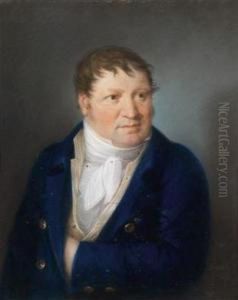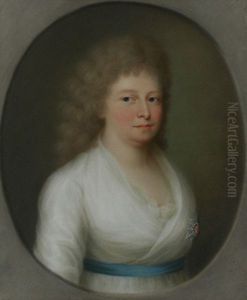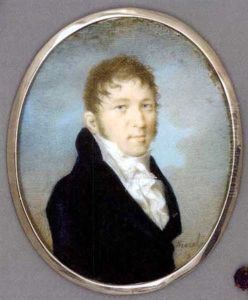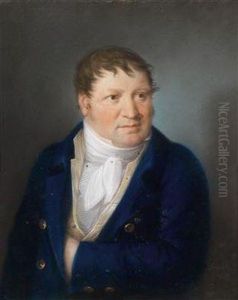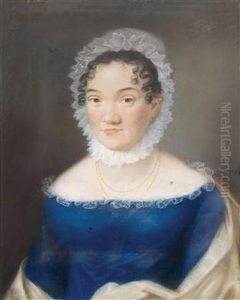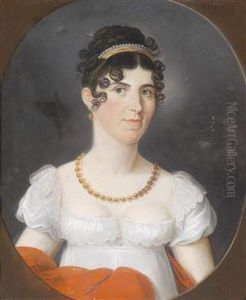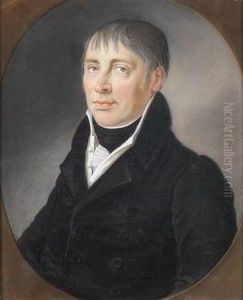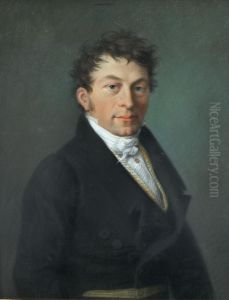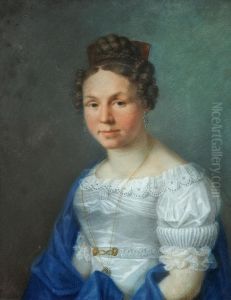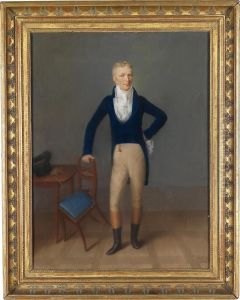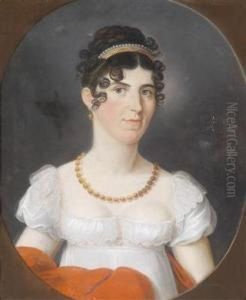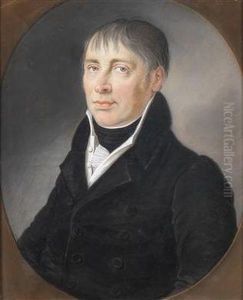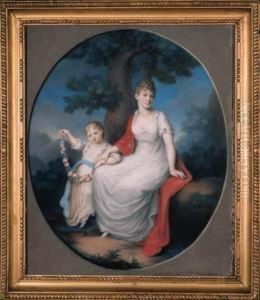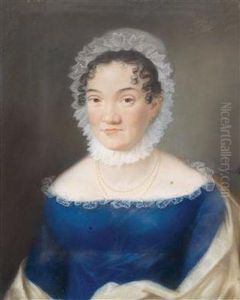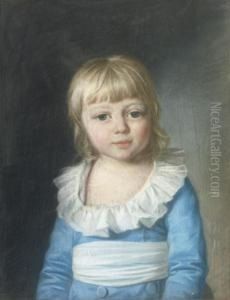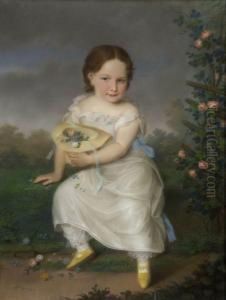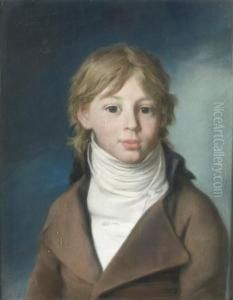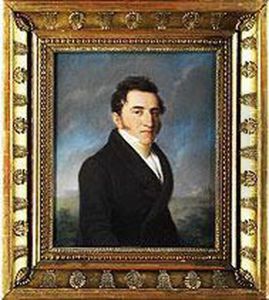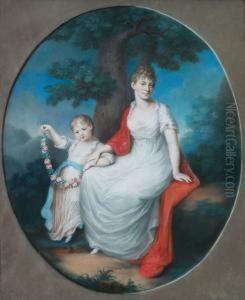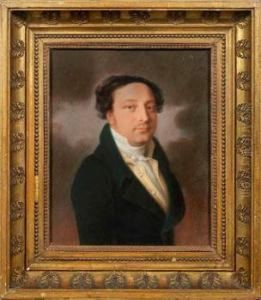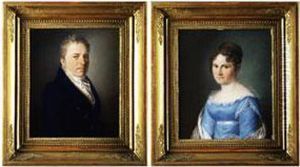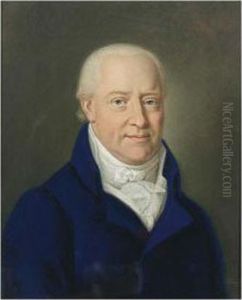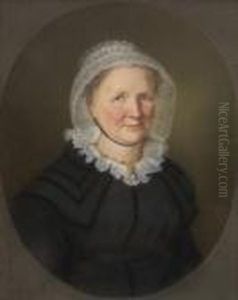Johann Lorenz Kreul Paintings
Johann Lorenz Kreul was a notable German painter, primarily known for his portraits, born in 1765 in Nuremberg, Germany. He was a prominent artist of the 18th and 19th centuries, and his work provides a glimpse into the fashion and society of his time.
Kreul received his art education at the Academy of Fine Arts Nuremberg, which was a well-regarded institution in Germany. He was a student of the painter and engraver Johann Justin Preissler, who had a significant influence on his early development as an artist. Kreul's talent for capturing the likeness and character of his subjects quickly became evident, and he gained recognition for his skill in portraiture.
During his career, Johann Lorenz Kreul became a sought-after portraitist among the nobility and the burgeoning middle class. He was known for his meticulous attention to detail and his ability to render the textures of fabrics and jewels with precision. His portraits were not just mere representations; they often included symbolic elements or attributes that reflected the status or profession of the sitter.
Kreul's work can be characterized by its clear lines and the delicate treatment of light and shadow, which is reminiscent of the style of Neoclassicism. However, he also incorporated elements of Romanticism, which was on the rise during his lifetime. His portraits exude a sense of elegance and grace, and they often feature serene and composed subjects set against a neutral or pastoral background.
After establishing a successful career in Nuremberg, Kreul eventually became a court painter. His reputation extended beyond his hometown, and he received commissions from clients throughout Germany and beyond. Despite his success, there is limited documentation on his personal life, which is often the case with artists of the period.
Johann Lorenz Kreul passed away in 1840 in Nuremberg, leaving behind a legacy of portraits that continue to be studied and admired for their artistry and historical value. His contributions to German portraiture have been recognized in art history, and his works are held in various museum collections and appreciated by collectors and art enthusiasts to this day.
